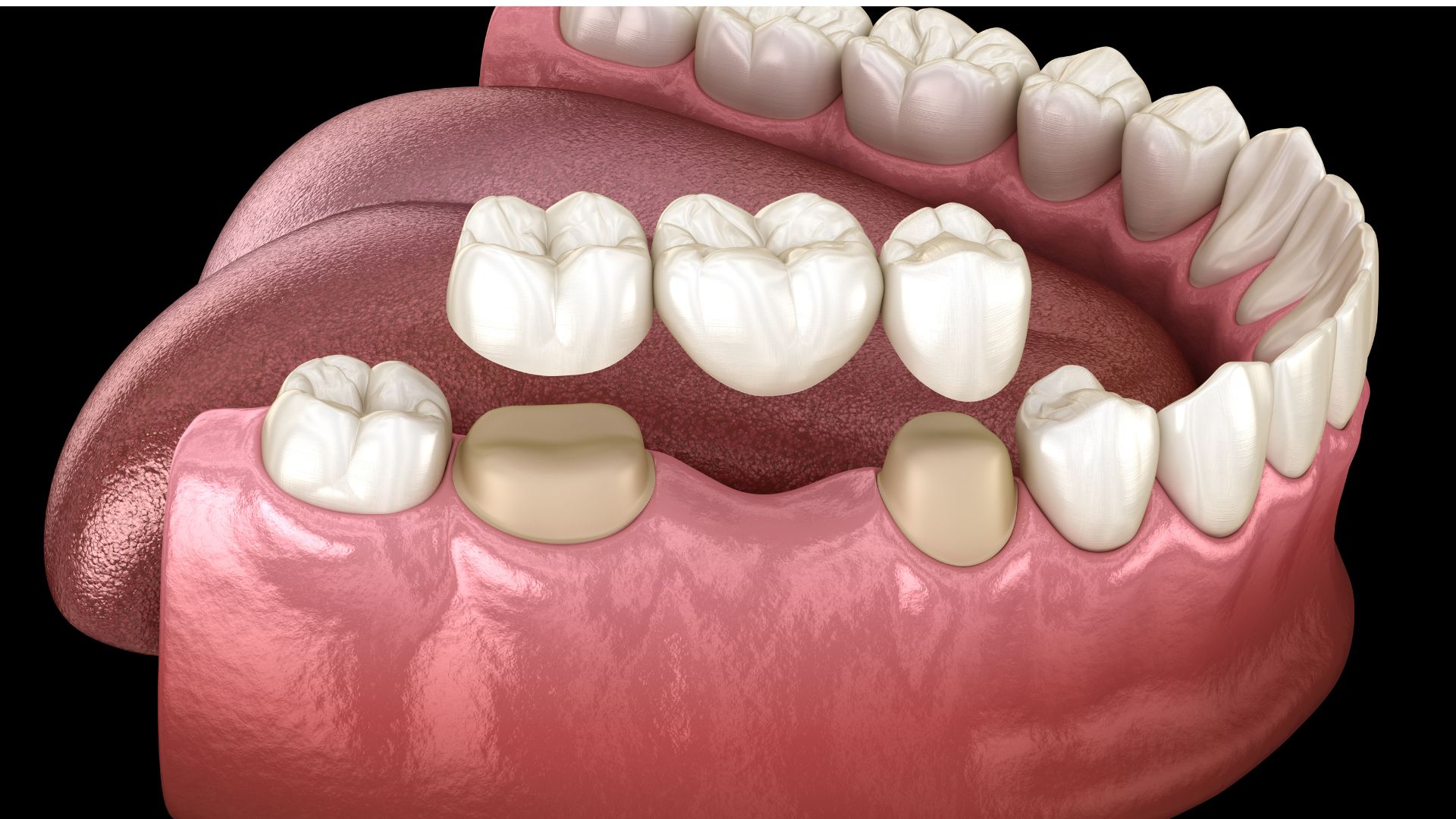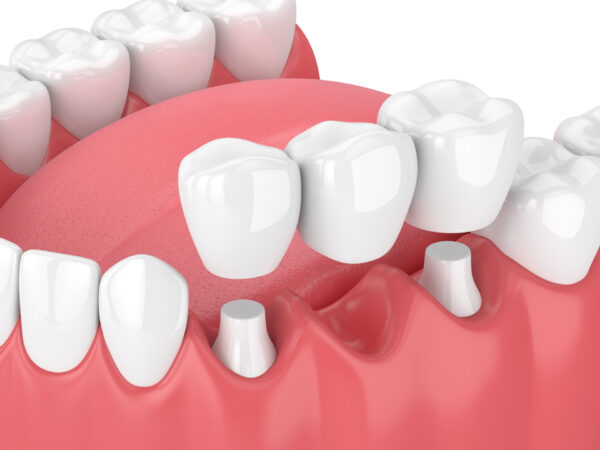 Dental bridges explained:
Dental bridges explained:
Today a dental bridge is used as a reliable substitute for replacing missing teeth because it helps to close gaps in the teeth where teeth have been lost or extracted.
Tooth bridges are a row of dental crowns that your dentist, who fits dental bridges in New Westminster, designs for you to bridge the gap created by missing teeth.
Types of dental bridges
The 4 main types of dental bridges are:
- traditional bridges;
- cantilever bridges;
- Maryland bridges;
- implant-supported bridges.
Traditional dental bridge
Traditional dental bridges are composed of a substitute tooth or teeth which are held in position by dental crowns which have been carefully cemented to each of the abutment teeth which are the two adjacent teeth that support the bridge. This is the most common bridge which may be used when there are natural teeth on each side of the space created by an absent tooth.
Cantilever dental bridge
This is not much different from a traditional bridge but it is fixed in place by a dental crown which is firmly cemented to just one abutment tooth. To use a cantilever bridge, there needs to be one natural tooth adjacent to the gap created by a missing tooth.
Maryland dental bridge
Maryland dental bridges require the presence of two natural abutment teeth, each of which are positioned on each side of the space. Maryland bridges use a framework composed of either porcelain or metal that is securely attached behind the abutment teeth. Similar to a traditional bridge, Maryland bridges may be used only when there is a natural tooth present on both sides of the space caused by a missing tooth.
The implant-supported dental bridge
An implant-supported bridge uses dental implants, not crowns. Usually, a single implant is placed surgically for every missing tooth, and the role of these implants is to hold the bridge in the best position. This is the strongest system but requires two dentist visits. One of these is to embed the implants into the jawbone, while the second is to place the bridge. It may take several months to complete the procedure.
FAQs
1. What is the process for fitting a dental implant bridge?
The first stage is inserting the titanium posts into the jawbone, which act as a tooth’s root. When the titanium post has fused sufficiently with the jawbone, the dental implant bridge will be attached.
2. What’s the recovery time for a dental implant bridge?
It can take from 4 to 6 months for the healing process to take place before the dental implant bridge can be fixed in place.
3. How long do traditional bridges last?
Traditional dental bridges will usually last 5–15 years.
4. What are the advantages of bridges over dentures?
A dentist who installs dental bridges in New Westminster may suggest bridges instead of dentures if the recipient still has some healthy teeth, which can be used as anchors for bridges, while dentures need to be anchored to the gums using a temporary sealant, which isn’t as secure as bridges.
You can expect the dentists who specialize at dental bridges in New Westminster to make the best choices for your dental treatment, which will help to maintain your smile.


 Dental bridges explained:
Dental bridges explained:


